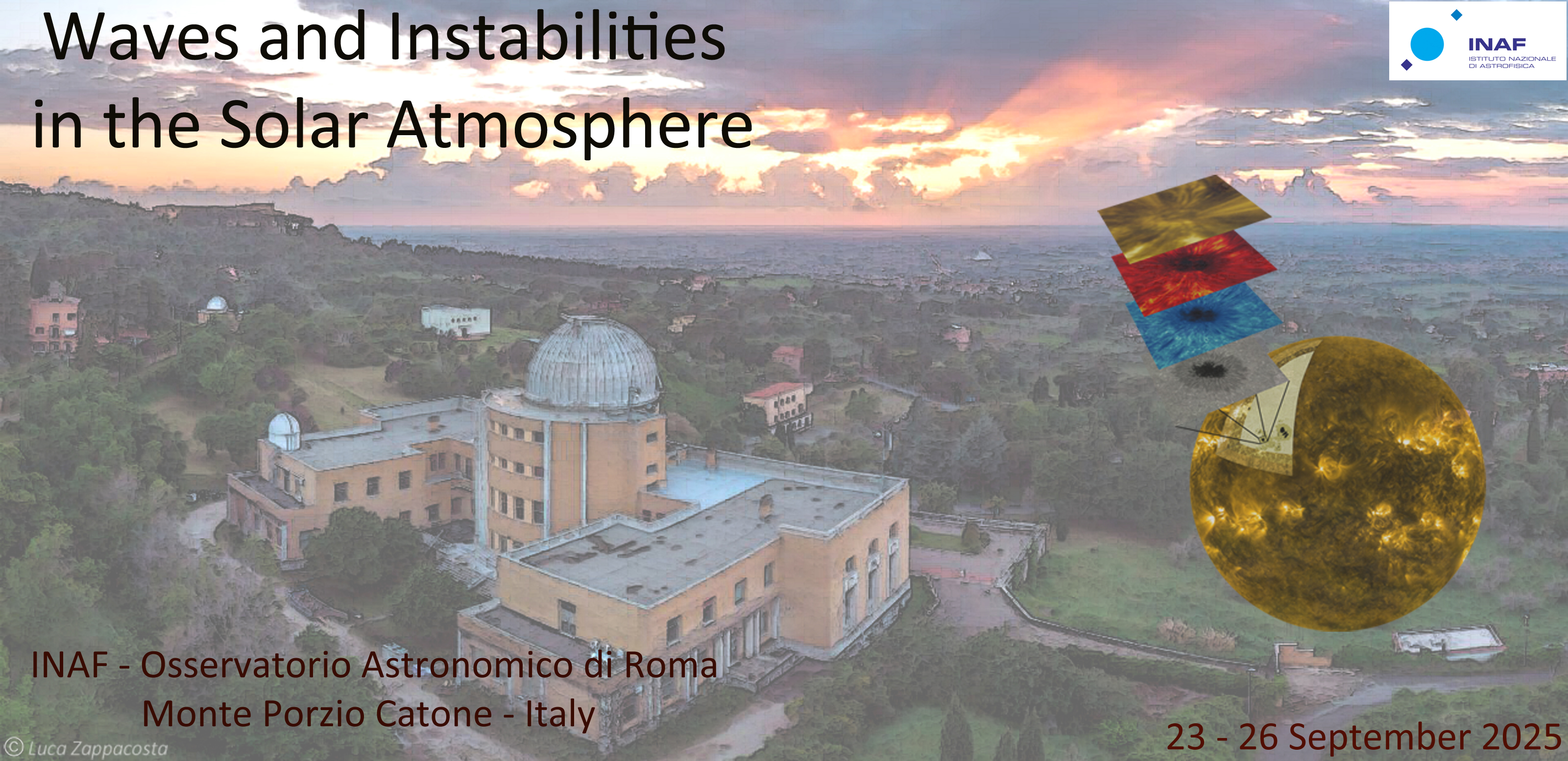Speaker
Description
We can deduce the activity and dynamic status of the Sun and its possible dependence on the magnetic cycle using continuous, multi-height observations of the solar atmosphere. Furthermore, multi-height observations allow us to probe the propagation of magneto-acoustic-gravity waves through the solar atmosphere, potentially providing insight into other solar phenomena, such as the heating of the upper chromosphere/corona and space weather events such as flares. To investigate these phenomena, we describe the design and construction of a multi-nodal synoptic telescope network (GATES: Global Automatic Telescopes Exploring the Sun) to continuously observe the entire disk of the Sun. This network currently comprises two instruments: the Tor Vergata Solar Synoptic Telescope (TSST), undergoing testing at Università degli Studi di Roma Tor Vergata, to be mounted in La Palma, Canary Islands, Spain, and the Mojave Solar Observatory (MSO) located in Apple Valley, California. These telescopes are based off of previous Magneto-Optical Filter (MOF)-based telescopes such as the Magneto-Optical filter at Two Heights (MOTH) which performed multiple successful observing campaigns. TSST consists of a dual-channel full disk telescope, a lab-tested K MOF channel and an Hα channel for flare detection and localization. MSO houses a dual Na and K channel magneto-optical filter (MOF)-based telescope currently able to observe on-sky. We show that this network consists of low-cost, robotic facilities able to achieve the necessary data for the study of space weather events and investigate the propagation of magneto-acoustic gravity waves. We present preliminary data obtained using the GATES’ nodes, technical specifications for the future operation of the network, and potential science questions the GATES data aims to investigate.
| Sessions | Novel diagnostic techniques and forward modelling |
|---|

